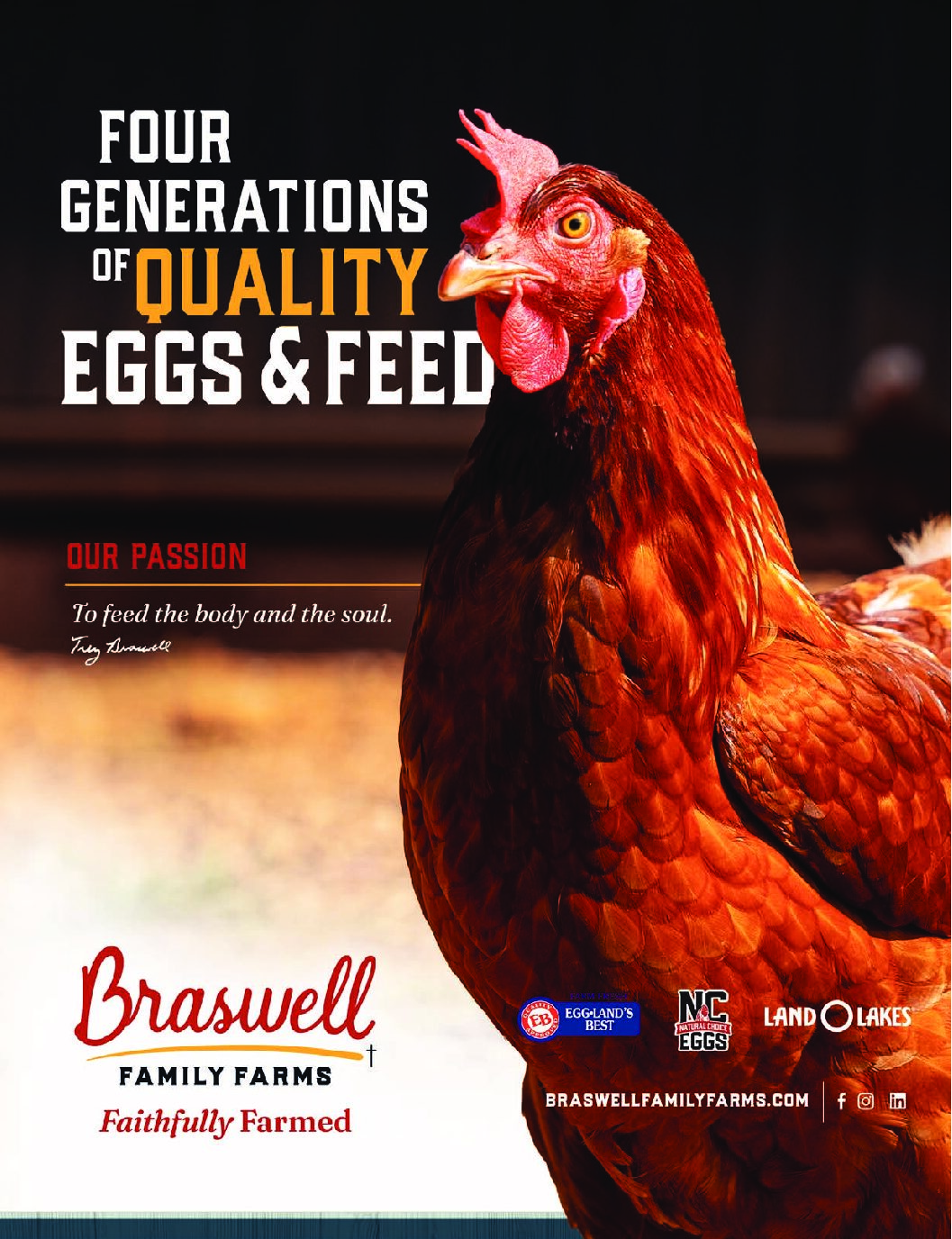Category Analysis: Eggs
The eggs category has seen everything from heightened prices to low supply due to Avian Influenza. While these factors have continued to affect the category, leaders in the category are affecting it even more through innovative and convenient products.
“2025 has been a year of resilience and momentum for the American Egg Board and America’s valued egg farmers,” said Mike Hostetler, VP of Consumer Insights for the American Egg Board (AEB). “Despite ongoing challenges from Highly Pathogenic Avian Influenza (HPAI), the category has stabilized in recent months, with supply improving and prices moderating. For AEB, one of the biggest accomplishments has been helping egg farmers, retailers and manufacturers navigate these challenges and meet the shifting consumer behavior and consistent demand for eggs. A recent study we conducted indicates that heavy [egg] consumers—about 38 percent of US households—eat eggs nearly every day and are driving growth by purchasing larger packs and exploring specialty varieties. 1) Their habits are a blueprint for how the category can continue to grow. At the same time, snacking has emerged as the next frontier, with younger shoppers increasingly turning to eggs outside of breakfast. Hard-boiled eggs, for example, are booming and up +17.4 percent in dollar sales and +11.1 percent in volume, particularly among Gen Z and Millennials. 2) Through insights like these and the tools we provide, AEB has helped the industry stay not just resilient, but forward-looking and innovative.”
“From our perspective, we had to reorganize our whole supply. We added some new, long-term contracts. We were able to relaunch our consumer brand, it’s Fearless Eggs. We have also introduced the first softboiled egg to the market and we have opened up our in-shell poached egg, so those are the big wins of the year,” said Jay Berglind, CEO of Aegis Foods.
“It has been a challenging and unprecedented year,” Berglind continued. “Everyone knows that prices have set all sorts of records, they have never been this high before, and it was mostly due to a lot of suppliers that got Avian Influenza on their farms. The policy is that once it’s found on a farm, that you depopulate the entire farm because they are going to get it anyway. So, that was the start of the year, so people didn’t have enough eggs so prices were really high. They have been falling through the summer, [but] there are some additional challenges. People on the wholesale [side] end up having deals that they committed to at the beginning of the year that all of a sudden don’t look very good. There have been more Salmonella outbreaks than usual; six relatively large outbreaks this year. It appears Avian Influenza is back. It was found on a farm in Wisconsin and has been on some turkey farms in the Dakotas and Minnesota, so we don’t know what will happen next.”
Heading into the latter part of year, Hostetler said, “In Q4, our focus is twofold: supporting retailers through the critical holiday season while preparing the category for sustainable growth in 2026,” said Hostetler. “Eggs remain one of the most affordable proteins on the shelf, and 91 percent of consumers view them as affordable, and 87 percent see them as a good value, which makes them a staple even as grocery prices remain high. We’re equipping retailers with insights and merchandising strategies to highlight eggs’ role in holiday baking and everyday meals, while also helping them tap into emerging growth areas like snacking and specialty.”
“It’s all about innovation,” said Berglind. “We improved technologically and from a quality perspective, the concept of a pasteurized shell egg with our new patented method of pasteurization. It is an FDA approved process, but we are only about two years old, so it’s one thing to have new technology, but to understand how to get it right. We are very happy with the quality of the pasteurized eggs we are selling. In innovation product, the poached eggs, since they are the only ones on the market, we think they are going to be giant. We have a foodservice business already on the poached eggs and then softboil is being introduced into restaurants and hospitality right now.”
While the category has been uncertain at times, consistency is on the horizon. “Supply has stabilized, wholesale prices have dropped and consumers continue to see eggs as an unbeatable combination of nutrition, versatility and value. The space is evolving – eggs are no longer just a breakfast staple, they’ve become an all-day solution, especially among younger consumers. The rise in hard-boiled egg sales (+17.4 percent in dollars and +11.1 percent in volume) underscores the shift toward convenience and snacking.2 Sustainability and animal welfare claims are also gaining traction with under-40 shoppers, shaping future growth in specialty segments.1 For retailers, this means eggs are not just a dependable traffic driver, but also a dynamic category with opportunities to connect across meal occasions, lifestyles and consumer values,” said Hostetler.
State-level initiatives like California’s Proposition 12 have created new standards regarding confinement, specifically in the case of egg-laying hens. “Having produced to Certified Humane standards since 2003, we think this was a step in the right direction and long overdue,” said Tom Flocco, CEO of Pete & Gerry’s. “But we also feel it is important for consumers to understand that while cage-free is an improvement relative to caged facilities, many cage-free operations still consist of floor to ceiling enclosures and massive warehouse barns that provide no outdoor access for laying hens, unlike free-range and pasture-raised approaches. As pioneering advocates for change, we’re committed to driving the industry toward truly humane animal welfare practices, and we’ll continue to grow our number of small farms nationwide and to prioritize our education efforts.”
“Eggs’ nutritional value is a big driver of consumer demand. Consumers have an ongoing appetite for protein and recognize eggs are one of the best sources available. They’re affordable, versatile and deliver 6g of protein per egg. In addition to protein, consumers value eggs as a simple, minimally processed food that delivers a range of other nutritional benefits,” said Hostetler.


